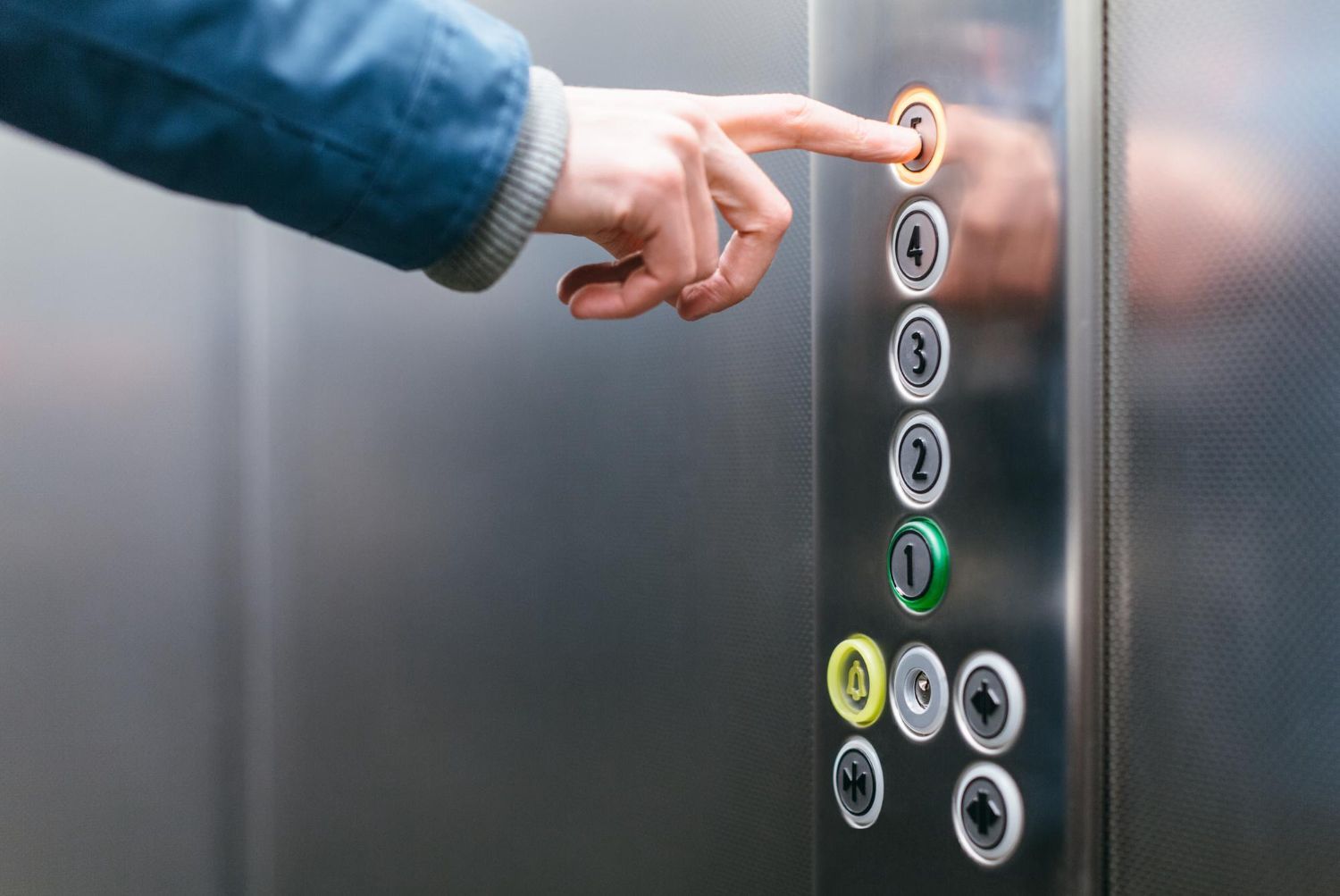Guide to Elevator Installation and Upgrades
Installing or upgrading an elevator is a significant decision for any building owner. Elevators play a crucial role in ensuring accessibility and convenience for everyone who uses the building. Whether you're installing a brand-new elevator in a high-rise or upgrading an existing one to meet modern standards, the process requires careful planning and execution.
Understanding your building's specific needs is the first step. Every building is different, and factors like size, number of floors, and usage frequency all play a role in determining the best elevator system. Once you have a clear understanding of these needs, the next step is to design a system that will provide reliable and efficient service. This involves selecting the right type of elevator and ensuring it fits seamlessly into the building's design.
After planning and designing, the installation process begins. This stage involves several critical steps, from constructing the elevator shaft to installing the electrical systems. Each step must be carried out with precision to ensure the elevator operates safely and efficiently. For those with existing elevators, upgrading can provide numerous benefits such as improved performance, energy efficiency, and compliance with the latest safety standards. Upgrading involves a series of steps to modernize the elevator without causing too much disruption to its operation.
By following these steps, you can ensure that your elevator installation or upgrade meets all safety requirements and provides reliable service for years to come. Let's dive deeper into each stage to understand what's involved and how we can help.
Assessing Your Building's Elevator Needs
Before installing an elevator, it is essential to assess your building's specific needs. This involves evaluating the building's size, the number of floors, and the volume of people who will use the elevator daily. We need to determine whether a passenger or freight elevator is needed based on what the building serves. For high-rise buildings, a more powerful, fast, and durable elevator may be necessary, while a smaller building could do well with a less complex system.
We also consider accessibility requirements to make sure everyone can use the elevator comfortably, including those with disabilities. Compliance with local building codes and regulations is crucial to avoid any legal issues later. By carefully assessing the building's needs, we select the most suitable elevator type that delivers optimal performance and reliability.
Planning and Designing Your Elevator System
Once we understand your building's elevator needs, the next step is to plan and design the elevator system. This involves creating detailed blueprints and specifications to ensure the elevator fits perfectly within the building's structure. We collaborate with architects, engineers, and construction teams to integrate the elevator seamlessly into the existing layout or new construction plans.
We also select the appropriate elevator technology and features for your specific requirements. Considerations include energy efficiency, speed, interior design, and safety features. By carefully planning and designing the elevator system, we ensure it meets the building's needs and provides a comfortable, safe, and efficient means of transportation. This attention to detail helps us create a design that will serve your building well for many years.
The Elevator Installation Process: What to Expect
Once the planning and design phase is complete, the installation process begins. First, we ensure the building is prepared for installation, which might include reinforcing shafts or creating new spaces for the elevator system. This preparation is crucial as it ensures the structure can support the new equipment safely.
During installation, our team works diligently to install the elevator components, including the car, cables, motor, and control systems. This phase involves detailed work to ensure all parts are correctly aligned and functioning. We conduct several tests to verify that the system operates smoothly and safely. Once installation is complete, the elevator is inspected thoroughly to ensure it meets all safety standards and operates efficiently. This entire process is designed to minimize disruption and ensure the elevator is ready for daily use as quickly and smoothly as possible.
Upgrading Your Existing Elevator: Benefits and Steps
Upgrading an existing elevator can bring many benefits, such as increased safety, improved efficiency, and better performance. Older elevators may lack modern safety features, which are essential for protecting passengers. An upgrade can include the installation of new safety mechanisms, such as improved braking systems, fire safety features, and emergency communication systems.
The process of upgrading begins with an evaluation of the current system to identify areas that need improvement. We then develop a plan to upgrade the necessary components. This might involve replacing the motor, updating control systems, or installing new energy-efficient lighting. The upgrades are carried out with minimal disruption, ensuring the elevator remains operational throughout the process. These enhancements not only extend the life of the elevator but also provide a smoother and more reliable ride for users.
Conclusion
Proper elevator assessment, planning, and maintenance are key to ensuring the safety, efficiency, and longevity of the elevator system. Assessing your building's needs helps us choose the right type of elevator, while careful planning and design ensure the system fits seamlessly into the structure. Understanding the installation process helps manage expectations and minimize disruptions. Regular upgrades and maintenance work are essential for keeping the elevator in optimal condition.
Taking proactive steps to address these aspects can lead to a more reliable and safe elevator system. For professional help with your elevator needs, from
elevator installation to upgrades and maintenance, trust the experts at Elevator Solutions Inc. Contact us today to ensure your elevator system remains in top condition.



